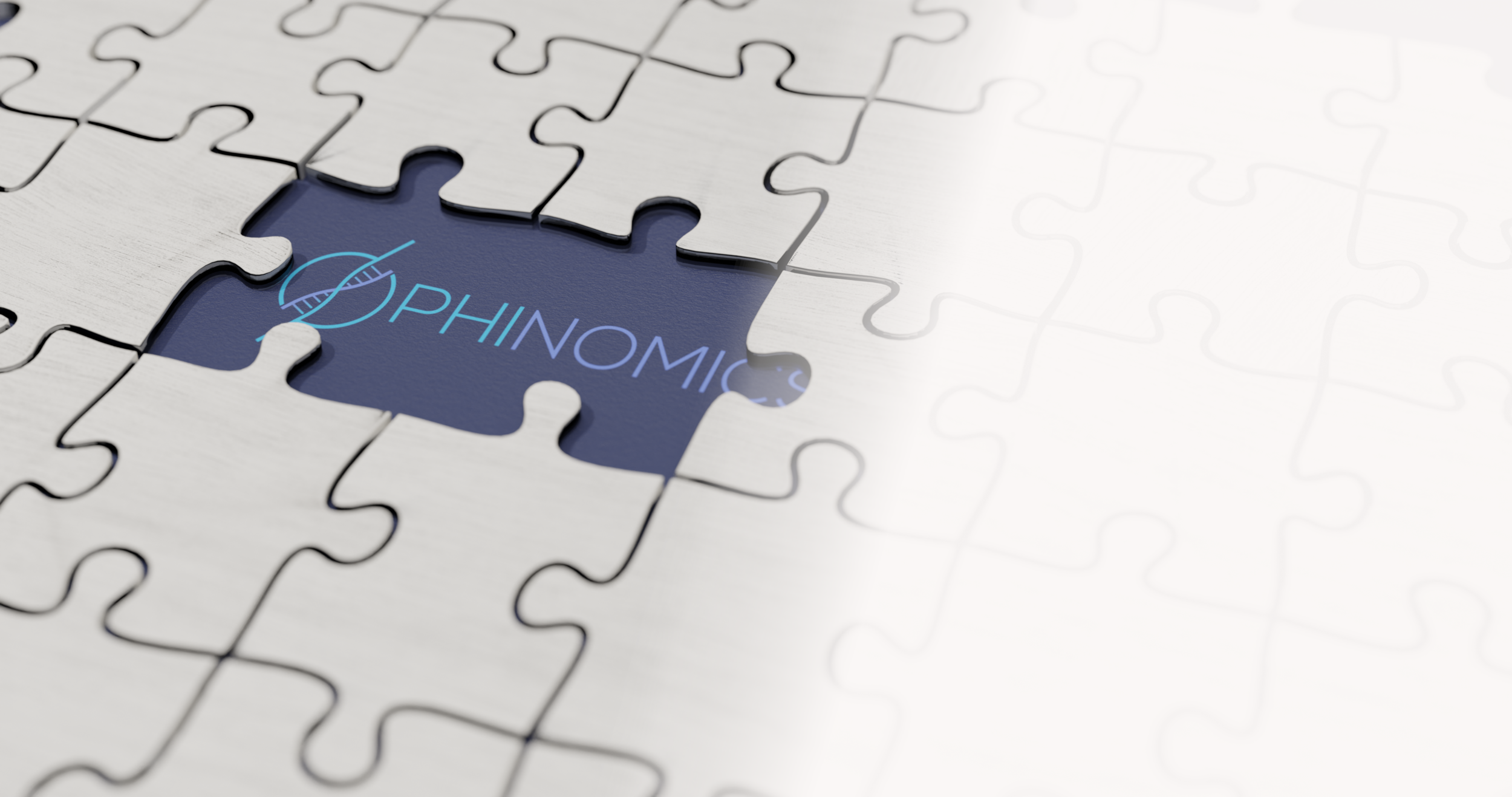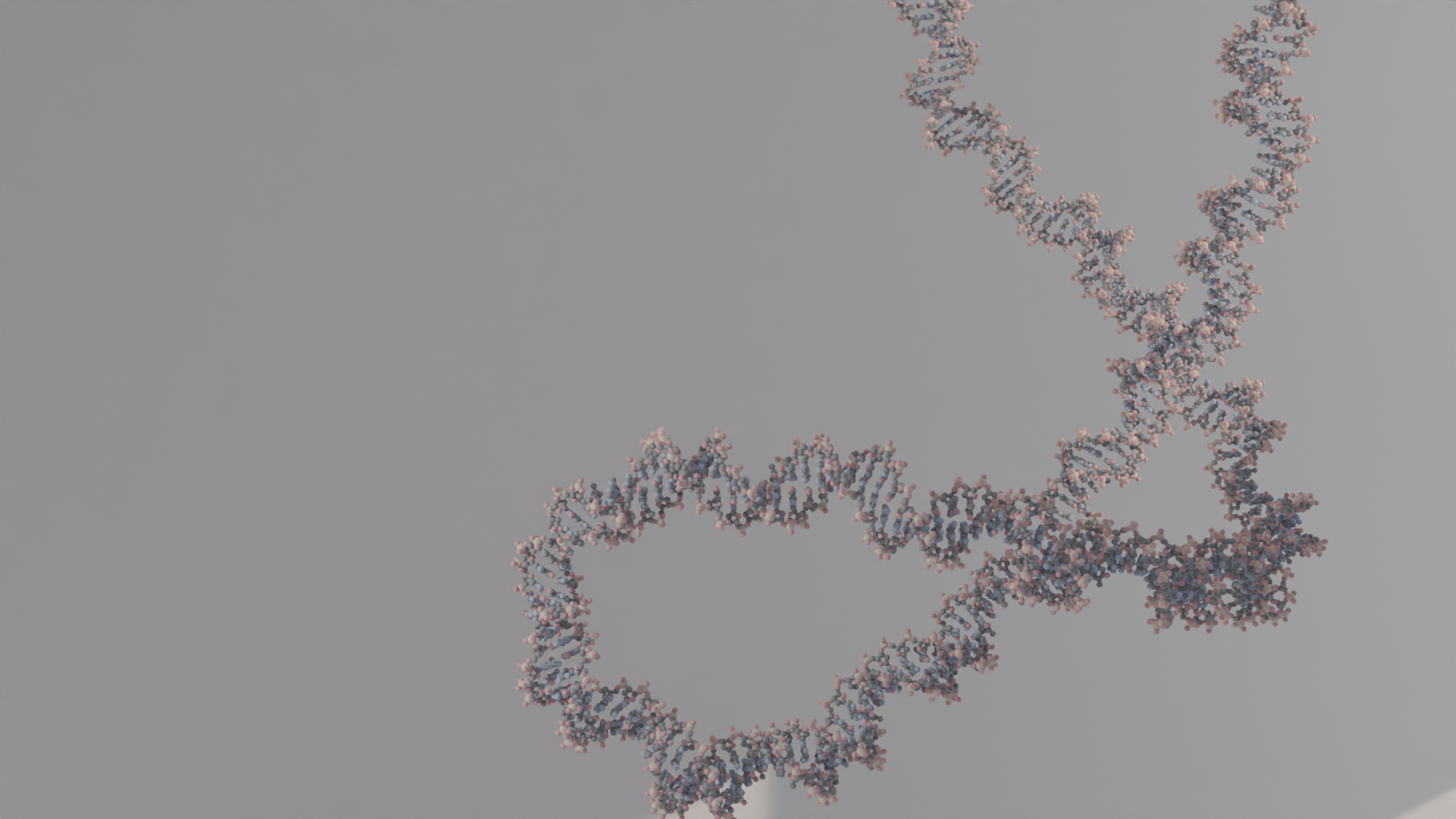
PHINOMICS
Powering AI with biology no one else can see.
We isolate and decode circular DNA and cryptic proteins—first-in-class, orthogonal, causal, and clinically validated signals that make disease predictable, actionable, and curable.

From hidden signals to real-world outcomes!
AI is only as good as the data it sees. Most of biology is still hidden.
AI models in genomics are being trained on decades-old data: bulk sequencing, linear 1-D reference genomes, and familiar biomarkers. These inputs are saturated, repetitive, and increasingly limiting. Meanwhile, an entire layer of biology—Dynamic, 3-D circular DNAs and unannotated proteins—remains invisible to conventional tools.
That’s where we come in. By revealing this missing biology and making it machine-readable, we’re fueling the next generation of disease models—AI that doesn’t guess, but understands.
Our patented platform isolates and decodes circular DNA and cryptic microproteins—signals missed by WGS, RNA-seq, or epigenetic screens. These elements are causal and enriched in cancer, immune dysfunction, drug resistance, and aging disorders.
We convert these hidden signals into structured, multi-modal data that AI can learn from, driving new models for disease prediction, patient stratification, and therapeutic discovery.
Photo by Awab Husameldin on Unsplash

The Circulome Atlas: The missing foundation for AI in precision medicine.
Our Circulome Atlas is the world’s first comprehensive dataset of circular DNA and microprotein expression across cancer types, tissues, and patient cohorts. It’s a high-resolution map of unseen biology, designed to power discovery, training, and validation at scale.
Founded by experts in DNA biophysics, circular DNA genomics, and data science, Phinomics is backed by rigorous research and cutting-edge innovation. We are leading genomic technologies with a mission to deliver first-in-class circular DNA solutions for urgent healthcare challenges.
The unique, binary nature of circular DNA in our data unlocks new therapeutic approaches, paving the way for precision oncology across multiple cancers and delivering transformative solutions to combat diseases driven by genome instability.

Circular DNA in Human Cells?!
The human genome is classically depicted as a linear string. However, there exists a subset of the human genome that is circular and is currently missing from any picture we have of our genome. Despite the fact that these circular DNAs drive various pathologies and cellular dysfunction, technological challenges have impeded focused efforts on these elements, which hindered their clinical utility. Our work shows that the repertoire of circular elements or what is now called the circulome varies with disease and pathological state, driving cancer etiology, progression, and drug resistance, immune response, and cellular senecense.
•Unlike linear genes, circular DNA operates outside the constraints of its chromosome, gaining unique “freedoms” to accelerate the propagation of mutations and contribute to drug resistance at a much faster rate in multiple indications and biological systems.
•This behavior, along with the binary prevalence in diseased states, makes circular DNA a uniquely effective set of both biomarkers and therapeutic targets.
